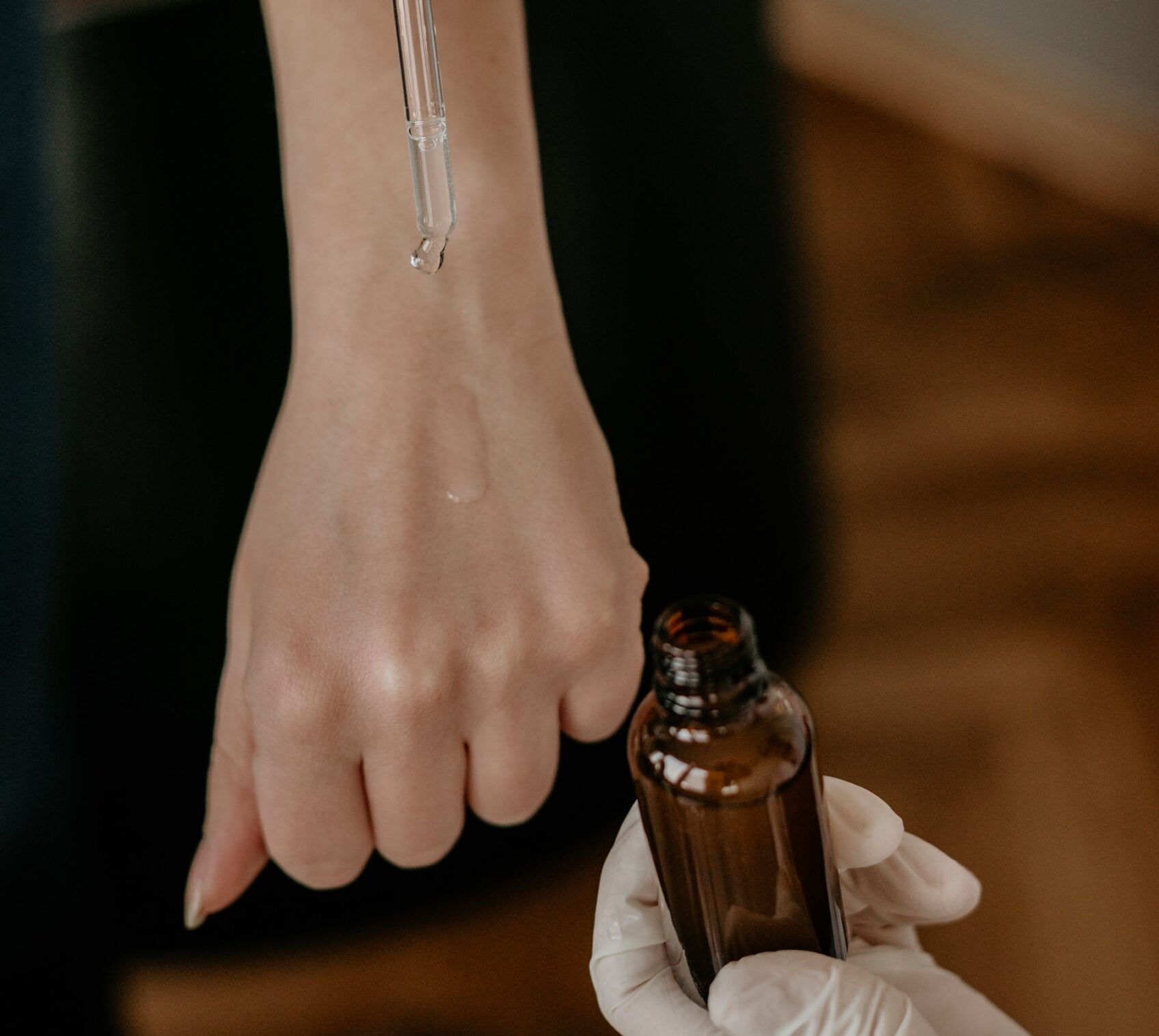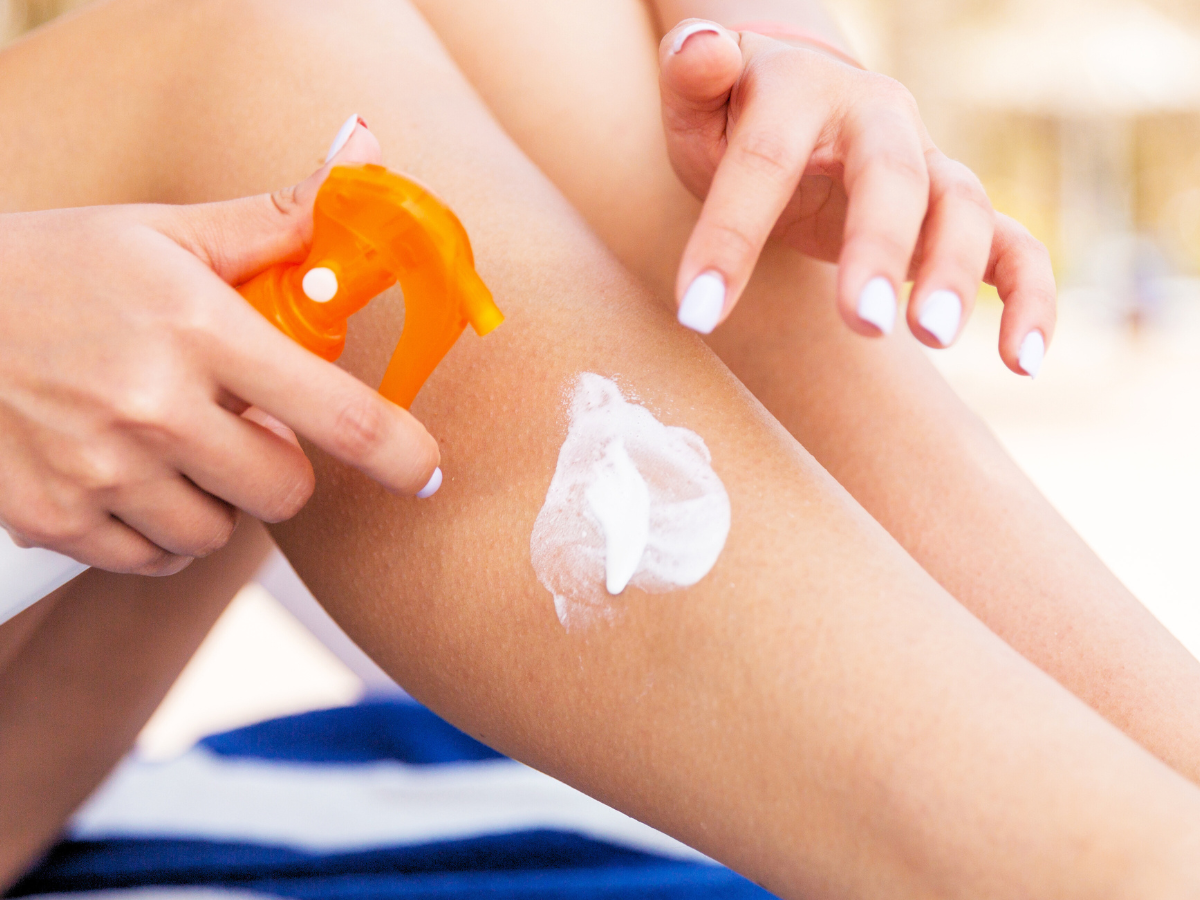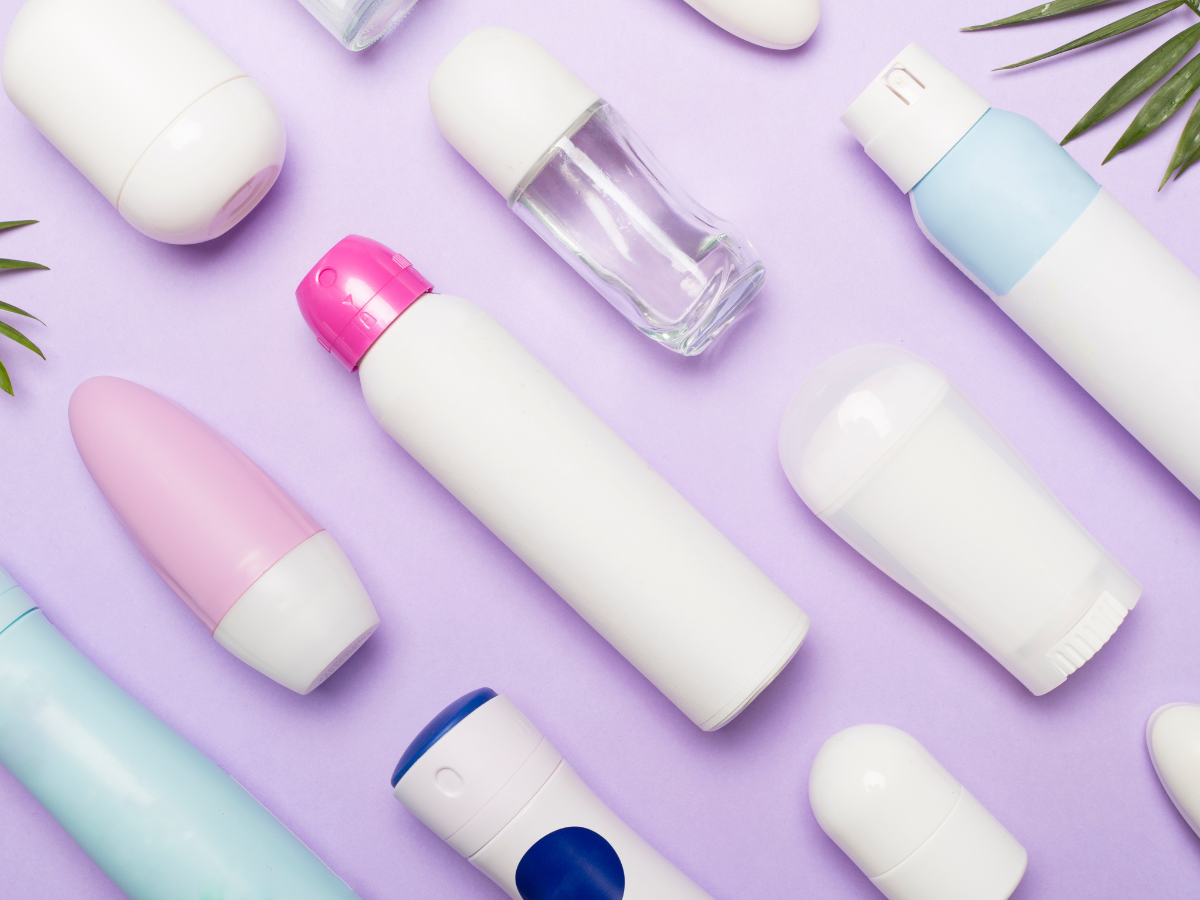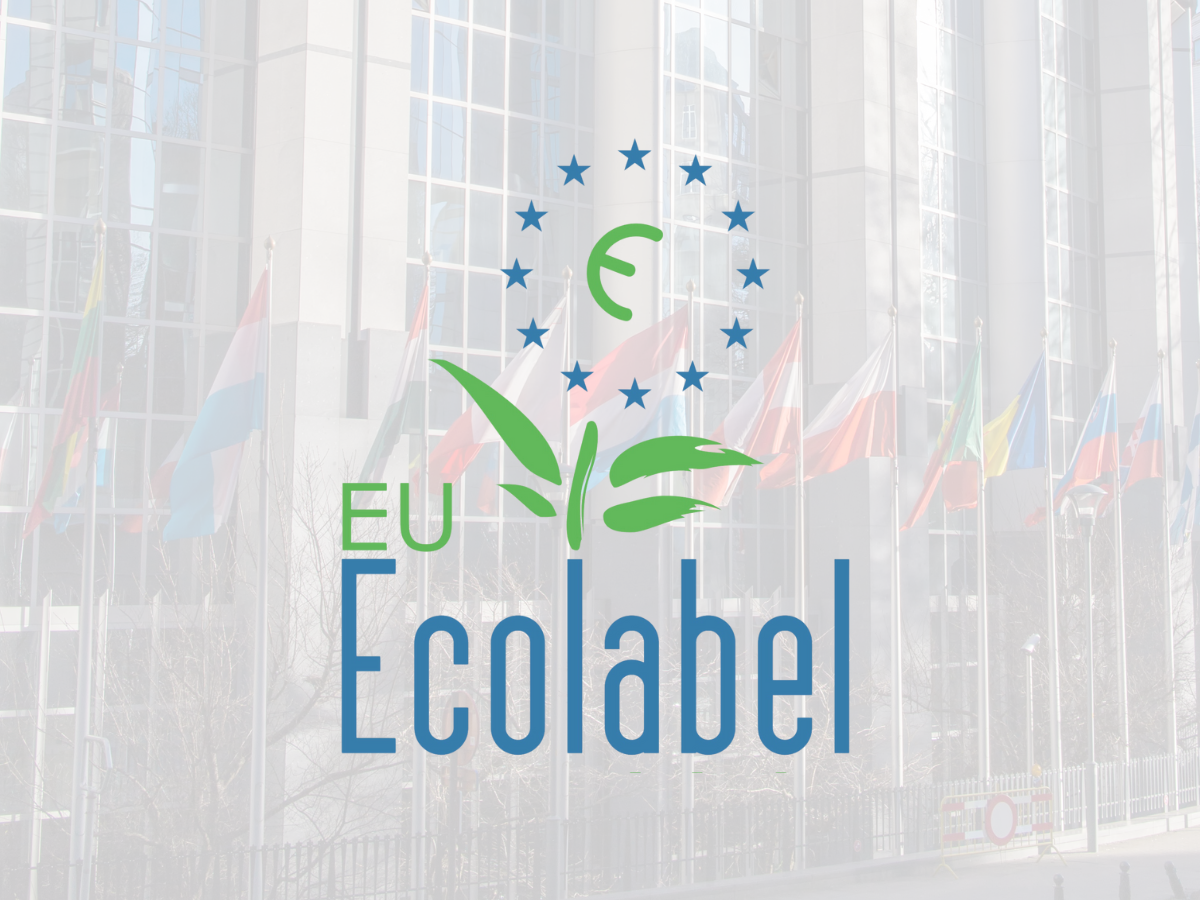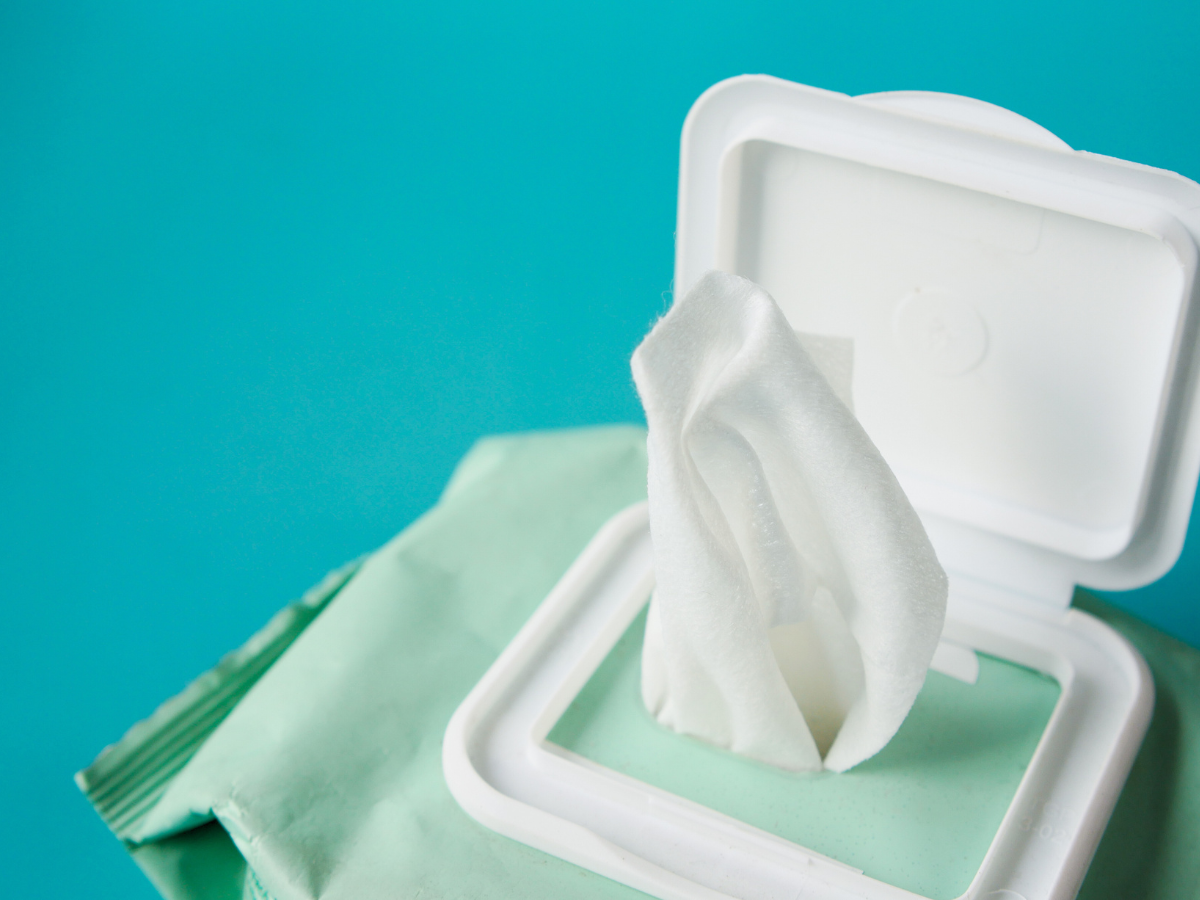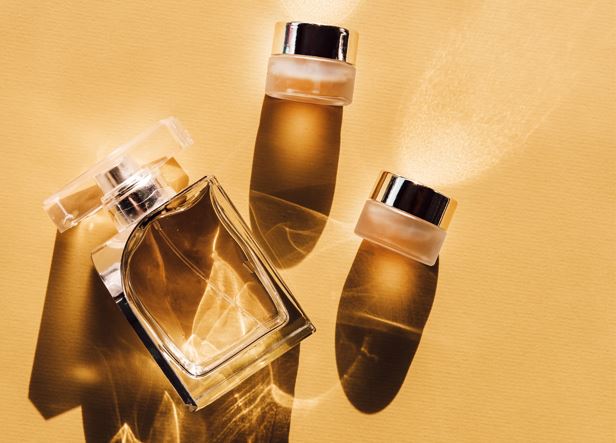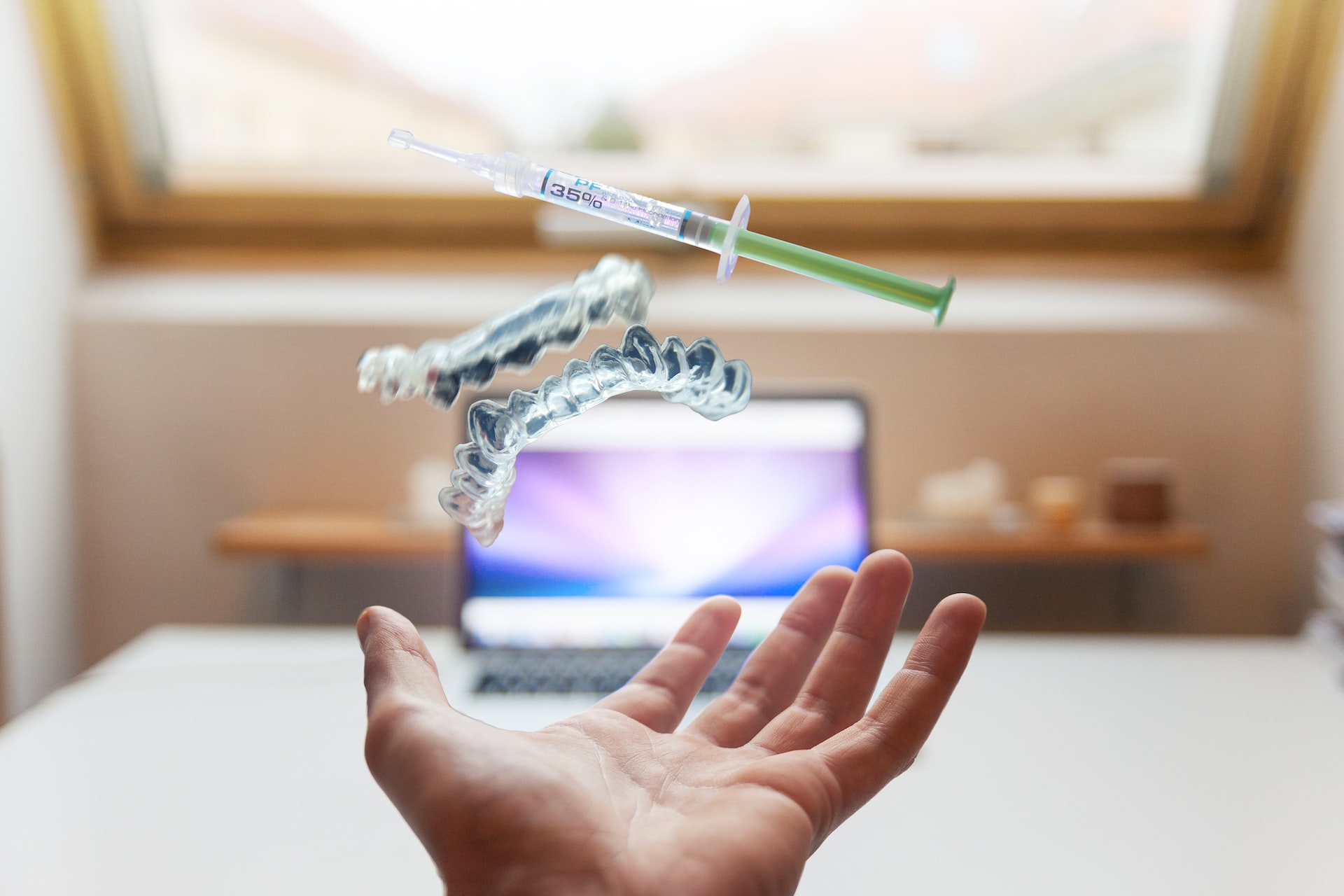EU LEGAL FRAMEWORK
A cosmetic product made available on the market shall be safe for human health when used under normal or reasonably foreseeable conditions of use.
According to the European Cosmetic Regulation no. 1223/2009, in order to demonstrate that a cosmetic product complies with this statement, the Responsible Person (RP) shall, before placing a cosmetic on the market, ensure that the product has undergone a safety assessment and that a Cosmetic Product Safety Report (CPSR) is made in accordance with the Regulation.
A CPSR, which shall be included in the Product Information File (PIF), must contain cosmetic product safety information (part A), which includes:
- Qualitative and quantitative composition of the cosmetic product;
- Physical/chemical characteristics and stability of the cosmetic product;
- Microbiological quality;
- Impurities, traces, information about the packaging material;
- Normal and reasonably foreseeable use;
- Exposure to the cosmetic product;
- Exposure to the substances;
- Toxicological profile of the substances;
- Undesirable effects and serious undesirable effects;
- Information on the cosmetic product.
So as to fulfil some of these requirements, the product/substances need to go through particular tests, which should be performed by accredited laboratories, following Good Laboratory Practices (GLP). The majority of the tests are performed with the final cosmetic product and need to be repeated if there is a change in the formula, packaging or manufacturing process.
The cosmetic product safety assessment (part B of the CPSR) is developed according to the information provided in part A and has to include the assessment conclusion, labelled warnings and instructions of use, a reasoning, the assessor’s credentials and its approval of part B.
COSMETIC PRODUCT TESTING
Testing the stability of the finished cosmetic product is mandatory for an estimation of the product lifetime to be made. The stability test allows the estimation of the shelf life and the Period After Opening (PAO). In the European Union (EU) stability tests must follow the international guideline ISO/TR 18811:2018. The stability test evaluates if the product will meet the defined physical, chemical and microbiological quality standards and also evaluate its functionality, safety and aesthetics from the moment it is manufactured until the end of its use life.
The stability tests performed in accordance with ISO 18811:2018 monitor physical, chemical and microbiological specifications, organoleptic properties and packaging compatibility of the cosmetic product.
There is a wide range of different cosmetic products available on the market making it impossible to define a single way to assess product stability. The manufacturer has the responsibility to specify and justify the stability protocol to cover test methods, specifications and conditions at which the products shall be tested.
The interaction between the product and the packaging material chosen must also be evaluated. The aim is to prove an absence of migrations (e.g., ingredients, trace substances, part of the packaging) or interactions between the formula and the packaging, ensuring that no quality problems occur due to the packaging material used.
As mentioned in one of our previous posts, data on microbiological quality must be indicated in the CPSR. Moreover, “particular attention shall be paid to cosmetics used around the eyes, on mucous membranes in general, on damaged skin, on children under three years of age, on elderly people and persons showing compromised immune responses”. It is mandatory include in the CPSR the results of a preservation challenge test. This test is performed using the final cosmetic product (and prototype) to evaluate the antimicrobial protection of a cosmetic product and, consequently, ensure the correct preservation during storage and use. The microbiological quality of a cosmetic product should be assessed using the guideline ISO 17516:2014. The challenge test can be performed in accordance with ISO 11930:2012. Microbiological testing does not need to be performed on products that have low microbiologically risk (e.g., very low or very high pH).
Regarding sun care products, SPF means “sun protection factor” and it refers only to protection against the radiation which causes erythema (mainly UVB radiation) (for more information, see our previous post). Different regulations (EU, U.S, Japan, etc.) have set out different methods for testing sunscreen products and the differences between methods make it impossible to compare the SPF effectiveness, as there are no equivalent factors or tables. For this reason, an ISO standard was created (harmonized and global methodology) to ensure that all sun care products can be measured under the same conditions and ensure the safety of consumers. ISO 24444:2019 (which has updated ISO 24444:2010) sets global and harmonized guidelines for the in vivo determination of the sun protection factor (SPF) of sunscreen products.
Besides the mandatory tests, cosmetic products can be evaluated through clinical tests in order to ensure skin compatibility or tolerance and avoid potential adverse effects in certain target groups. Human Repeated Insult Patch Tests (HRIPT), in use tests and patch/open tests are the most common clinical tests used in cosmetic products. Some companies use this type of tests in order to include claims such as “dermatologically tested” in their products.
It is also possible to perform efficacy evaluation tests of cosmetic products, which are particular important when specific claims are made (e.g., anti-ageing, anti-wrinkle, firming, non-comedogenic, etc.)
In sum, before making available a cosmetic product in the European market, it is mandatory to perform some tests: stability test; microbiological quality test; challenge test; compatibility test; SPF test (if applicable). Moreover, with the purpose of making specific claims or to demonstrate skin compatibility/tolerance, clinical tests with the final cosmetic product can be performed in human volunteers.
Placing a cosmetic product in the market may not be a simple task, but our company can help you through every step of the way. Feel free to contact us at info@criticalcatalyst.com.
References:
- Regulation (EC) No 1223/2009 of the European Parliament and of the Council of 30 November 2009 on cosmetic products.
- Commission Recommendation of 22 September 206 on the efficacy of sunscreen products and the claims made relating thereto. Available from: https://eur-lex.europa.eu/legal-content/EN/TXT/?uri=CELEX:32006H0647
- ISO/TR 18811:2018. Cosmetics – Guidelines on the stability testing of cosmetic products.
- ISO 11930:2019. Cosmetics – Microbiology – Evaluation of the antimicrobial protection of a cosmetic product.
- ISO 29621:2017. Cosmetics – Microbiology – Guidelines for the risk assessment and identification of microbiologically low-risk products.

